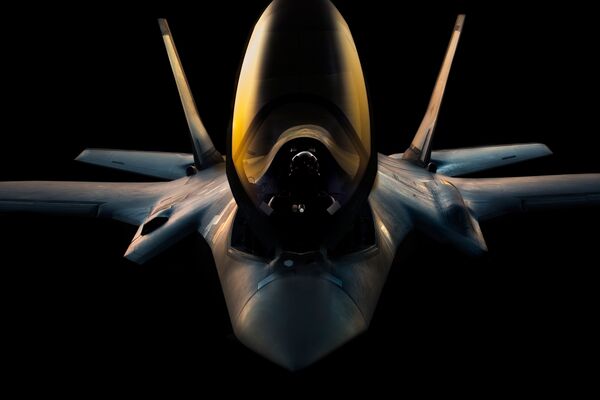
In keeping with its focus on long-range strike capability, Australia hopes to upgrade its Lockheed Martin F-35 Lightning II fleet to the Block 4 standard. This is to integrate the JSM with the aircraft. This missile has a maximum range of 300 n mile. (Commonwealth of Australia)
Australia's rejection of the Northrop Grumman B-21 Raider for acquisition has prompted it to focus on improving its long-range strike capabilities using existing aircraft.
Janes assesses that this decision was made based on factors of long-range deterrence, plus acquisition and sustainment costs.
In a statement to Janes, the Australian Department of Defence (DoD) reiterated the position of Australia's Defence Strategic Review (DSR) that the B-21 Raider “is not considered a suitable current option for acquisition”.
“Defence operates a range of platforms that deliver long-range airborne strike effects,” the spokesperson said. “As the [DSR] recommended, Defence is considering options to integrate the Long-Range Anti-Ship Missile (LRASM) onto the [Lockheed Martin] F-35A and [Boeing] F/A-18F Super Hornet, and the Joint Strike Missile [JSM] onto the F-35A at the earliest opportunity.”
The unclassified version of the DSR document was made public in April. It reveals that Australia is specifically aiming to improve its long-range precision strikes in the maritime domain.
“The integration of the (LRASM) onto air force platforms will provide Defence with an improved long-range maritime strike capability against high-threat maritime surface targets,” a DoD spokesperson told Janes.
According to Janes data, the AGM-158C LRASM is a precision-guided, anti-ship stand-off weapon designed to meet the anti-surface warfare needs of the US Navy and the US Air Force (USAF). Janes data adds that it has a maximum estimated range of 926 km. The missile is intended to detect and destroy specific targets within groups of ships.
Looking to read the full article?
Gain unlimited access to Janes news and more...







